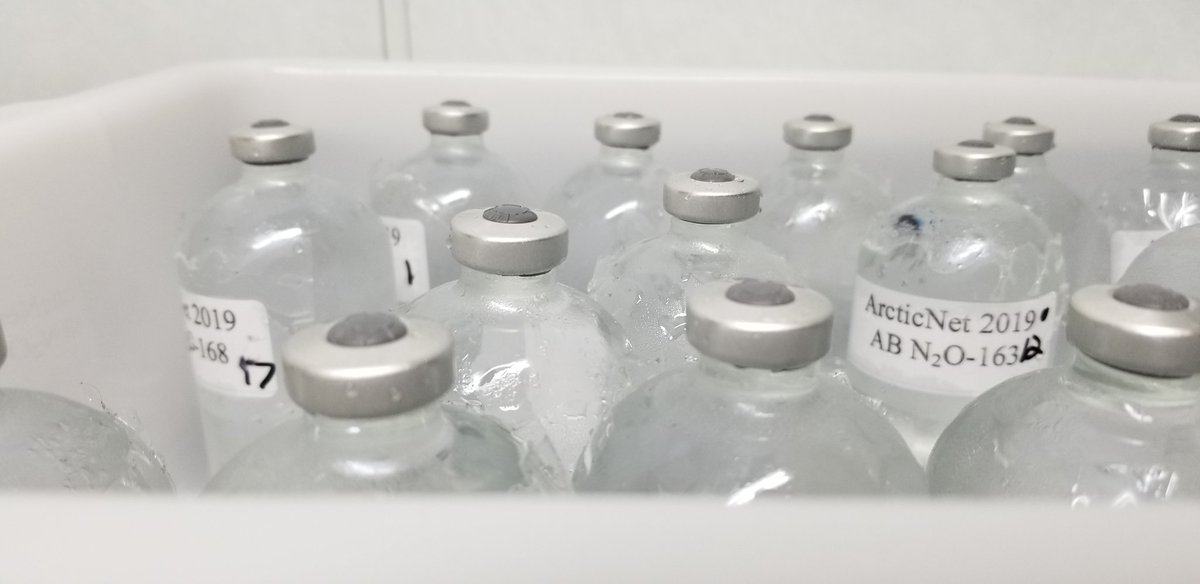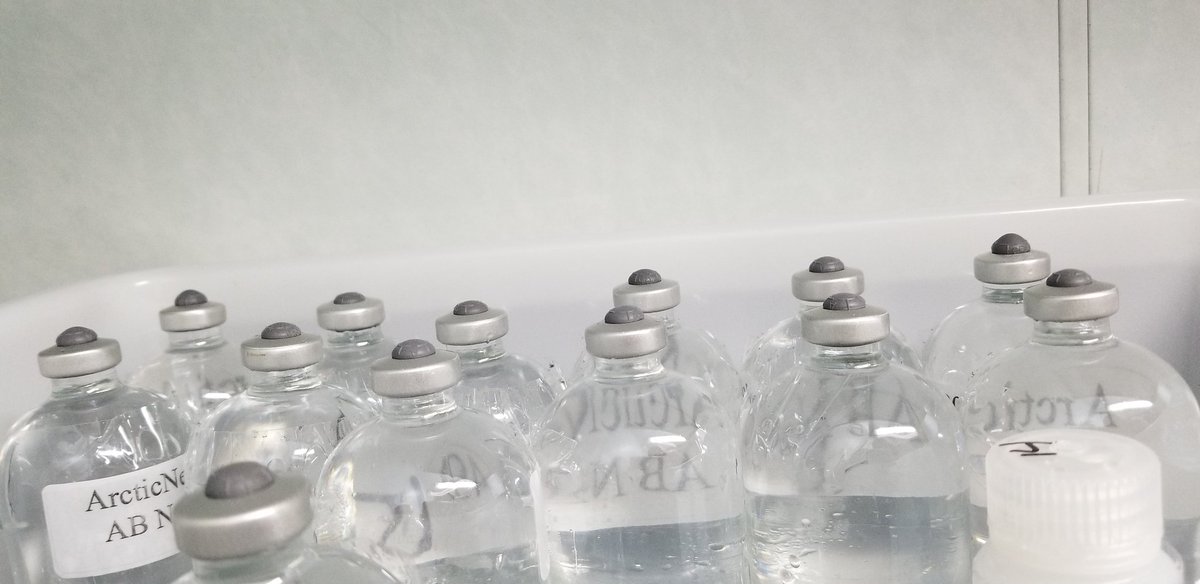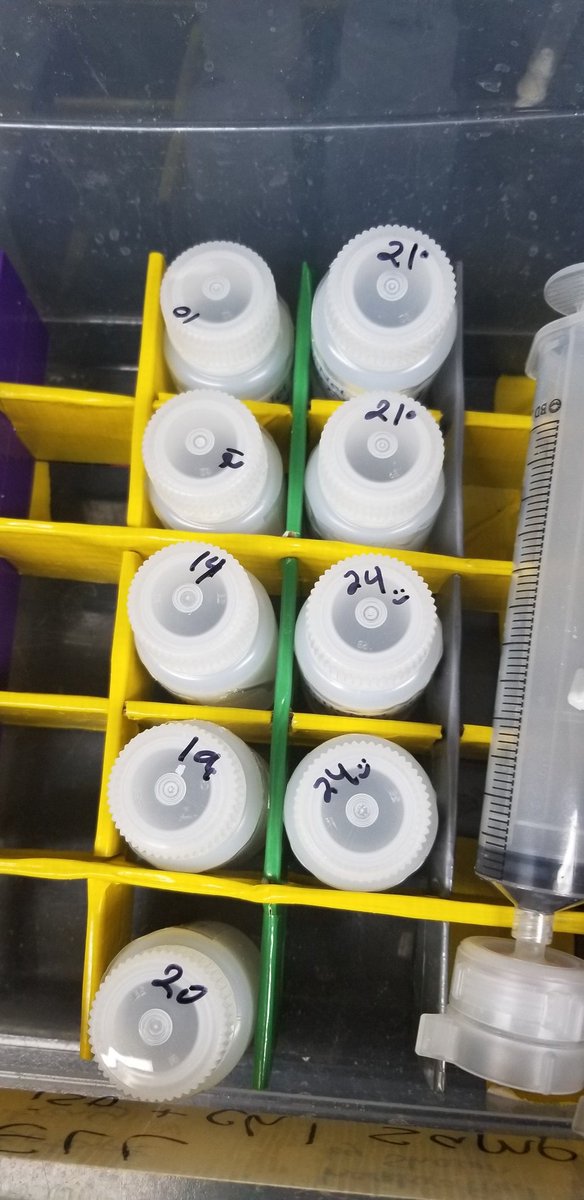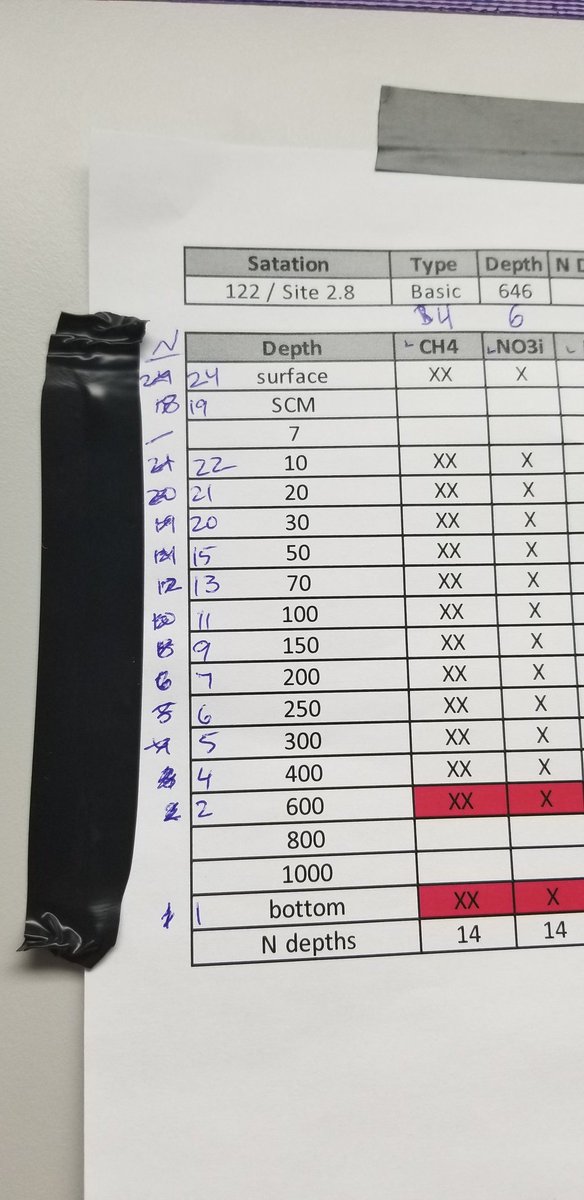Let& #39;s get this started! Last summer I was on legs 2a and 2b of the 2019 #Amundsen Expedition. This is roughly what the cruise track was, with the yellow location markers being stations that I (or my PI) sampled from. It was altogether 6 weeks at sea.
But before we can go to sea, we have to prepare long in advanced. We needed to decide what kinds of water samples we& #39;re taking, and how many of each sample we will be taking to make sure we have enough supplies. Everything had to be packed and shipped in advanced
We shipped coolers full of sampling bottles and what not up to Canada months in advanced for the mobilization (which is basically just loading up the ship). Thankfully we had some associates who were also going up there, who took care of the mobilization for us.
When the time finally came to go on board, it wasn& #39;t as simple as driving to a dock and stepping aboard. First, we had to take a privately chartered flight from Quebec City to Iqaluit. Once there, we had to get onto the ship by plane since there isn& #39;t a big enough port up there
Once on board there were a few days before we got to the first station. In the mean time, we had safety training/drills, ship tours, and plenty of sight seeing. This was also an important time to go over the water sampling budget and make sure everything was in order
Eventually we finally got to our first station, and the fun began! There& #39;s actually several different types of stations that happened on this cruise, but my group samples from the rosette (pictured below).
This is a really common piece of equipment in #oceanography ! The gray (Niskin) bottles are triggered by an operator on board to close at different depths, trapping water. Then once it& #39;s on board we take turns sampling. Here& #39;s the 2a squad doing our thing  https://abs.twimg.com/emoji/v2/... draggable="false" alt="☺️" title="Lächelndes Gesicht" aria-label="Emoji: Lächelndes Gesicht"> I& #39;m the bottom right
https://abs.twimg.com/emoji/v2/... draggable="false" alt="☺️" title="Lächelndes Gesicht" aria-label="Emoji: Lächelndes Gesicht"> I& #39;m the bottom right
The order of sampling is super important. The sample& #39;s I& #39;m using for my masters are nutrient samples & usually go towards the end, but I was also helping collect dissolved gasses (N2/Ar, & N2O), which meant I was usually first in line and would go back for my nutrients afterwards
Dissolved gasses can be a bit of a pain. We have to make sure there are no air bubbles, which for us means filling the bottles up under water. During 2a my hands handled the cold water surprisingly well, but in 2b the water felt colder and my hands were so stiff after sampling!
Another side effect of the cold water is that as the bottles came up to room temperature in the lab the water expands. Here& #39;s a before and after picture, on the left are bottles fresh off the niskon, the right are the same bottles at room temp.
(We use a needle to depressurize them before shipment, otherwise they might explode in transit. Which is bad not only bc we& #39;d lose samples, but because we use mercury chloride to preserve these samples and that stuff is NOT GOOD to spill)
I started working on this thread in May & promptly lost all motivation! Going to try to pick it back up loI
I collected dissolved gas samples but that& #39;s actually not what my research ended up being about. Instead I& #39;m focusing on the other type of sample I collected: Dissolved Organic Nitrogen (DON)
DON covers a wide variety of molecules, but some of the heavy hitters are things like amino acids, proteins, & urea.
Here& #39;s our DON bottles ready for sampling! They were acid washed back on land, and you can see the syringe and filter off to the right to remove any particles from the water. The numbers on the caps tell us which Niskin bottle to sample from, each bottle closes at a diff depth

 Read on Twitter
Read on Twitter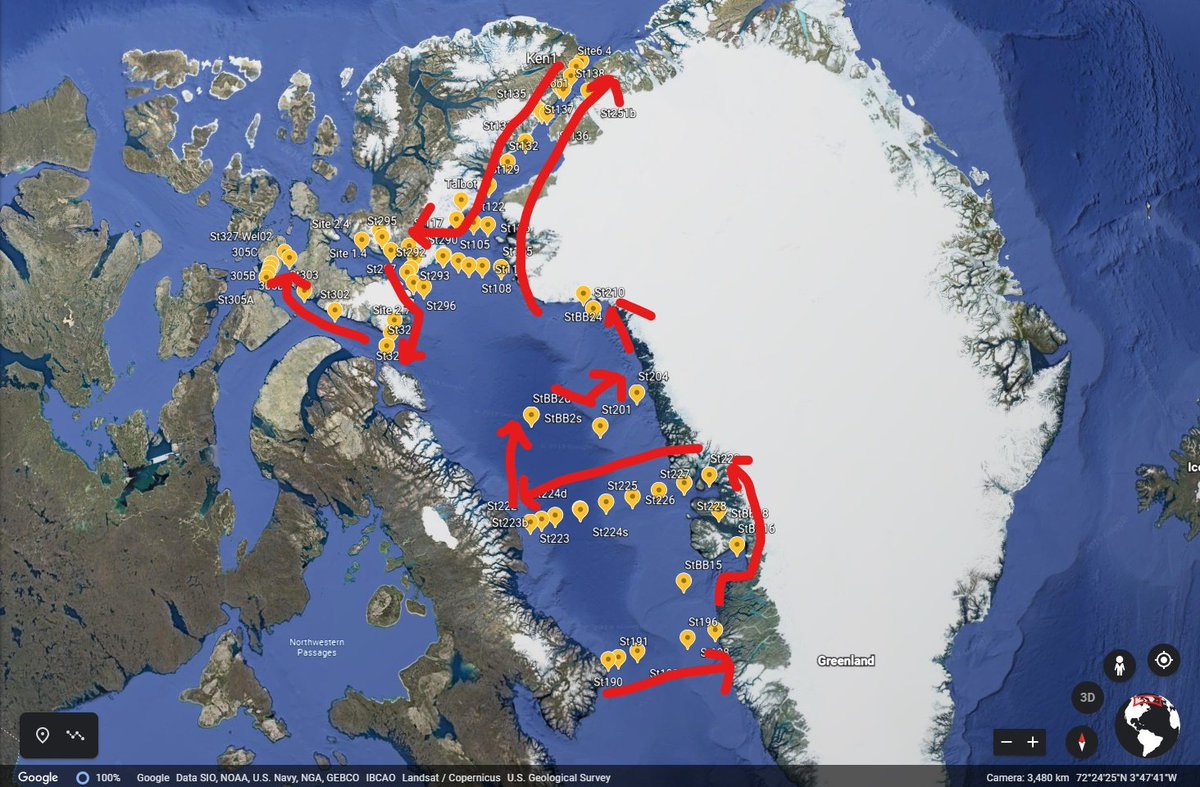
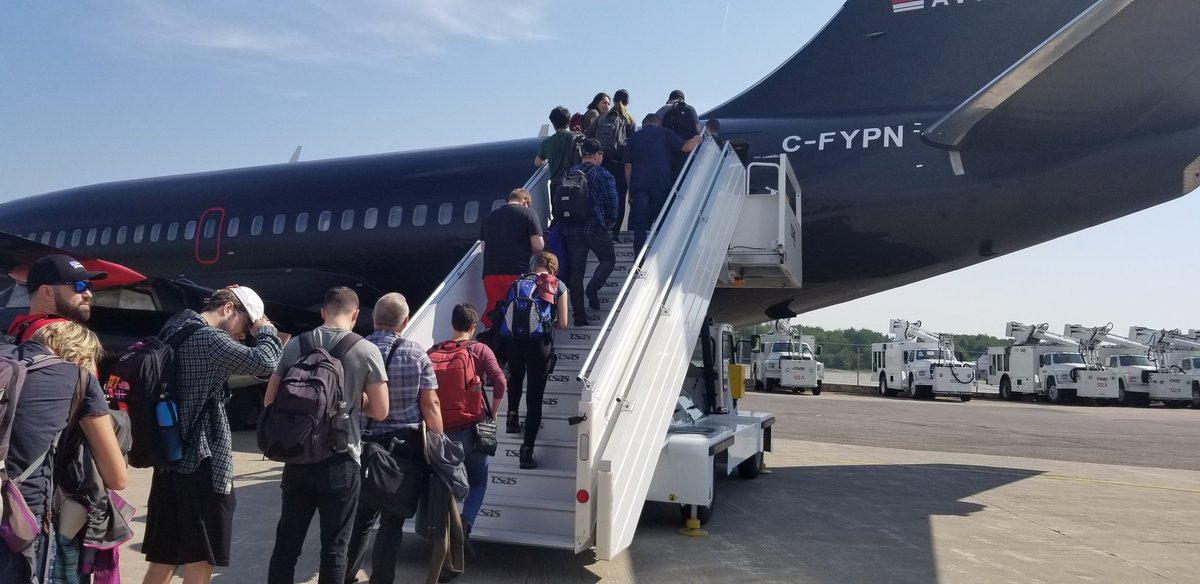
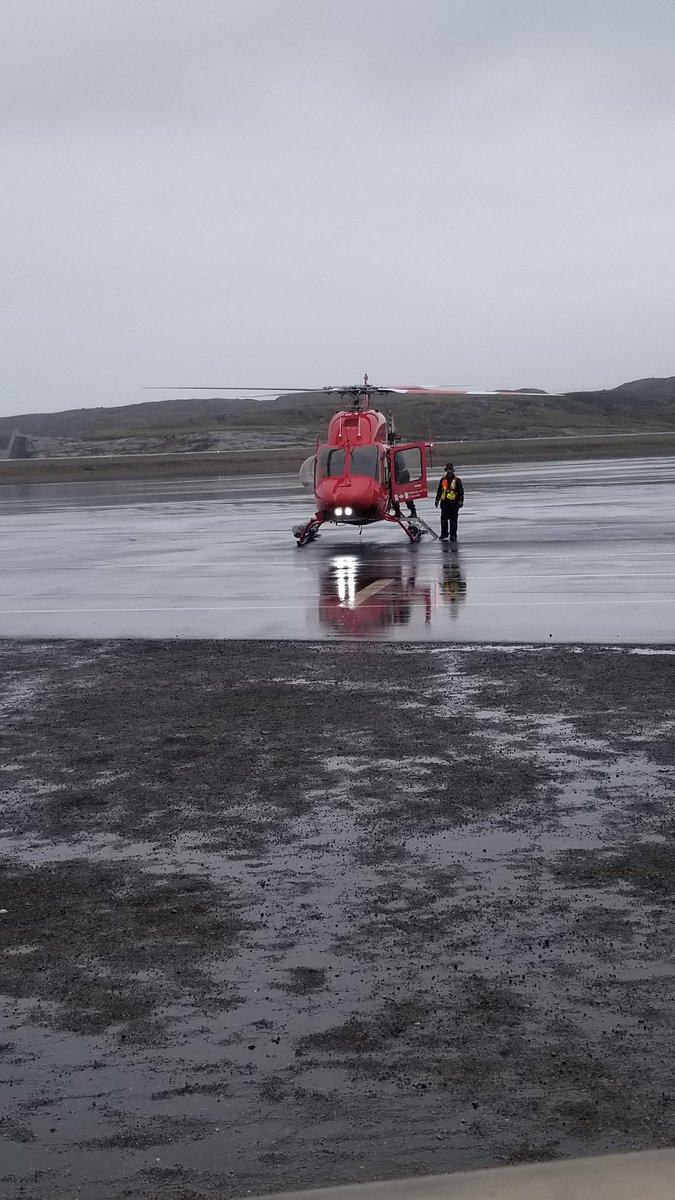
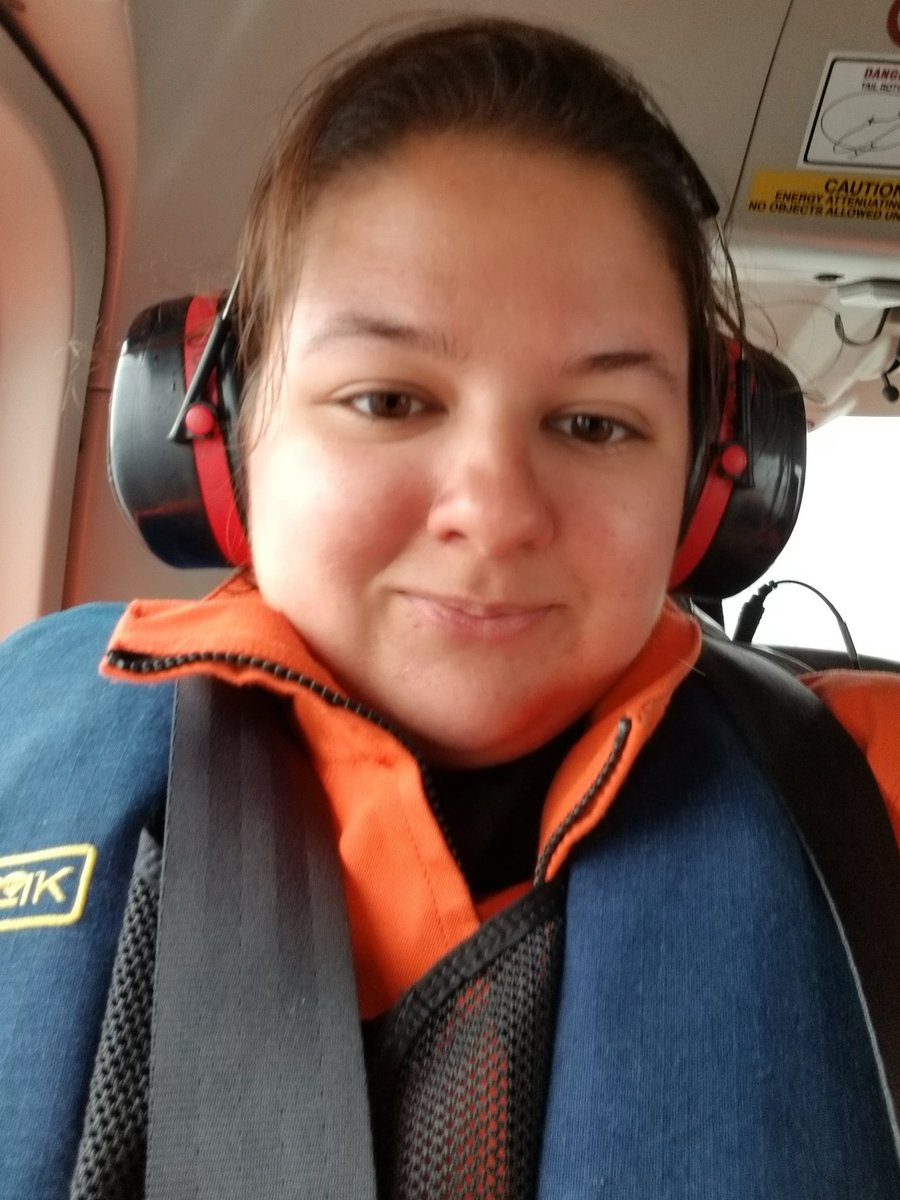
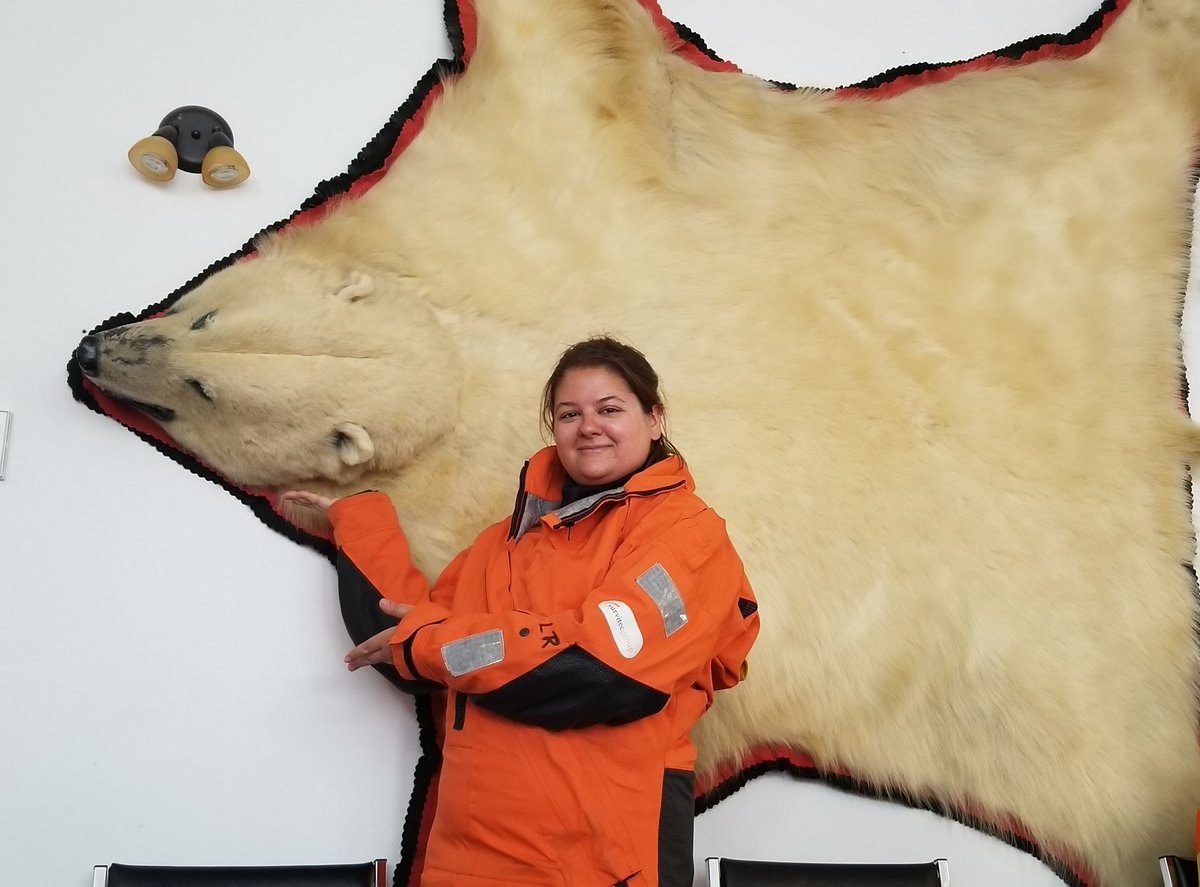
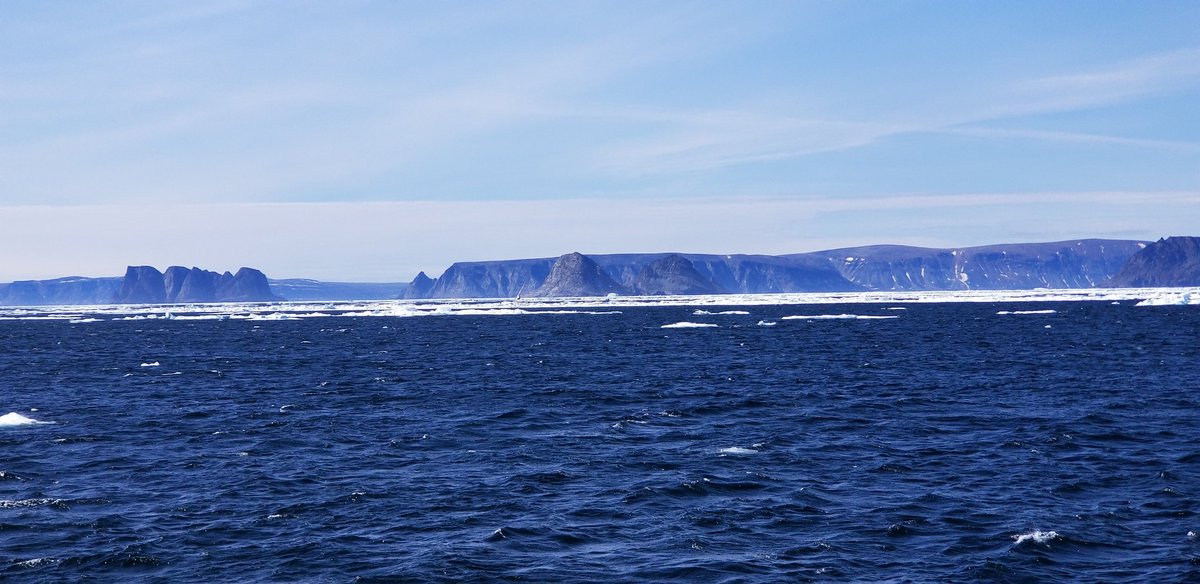
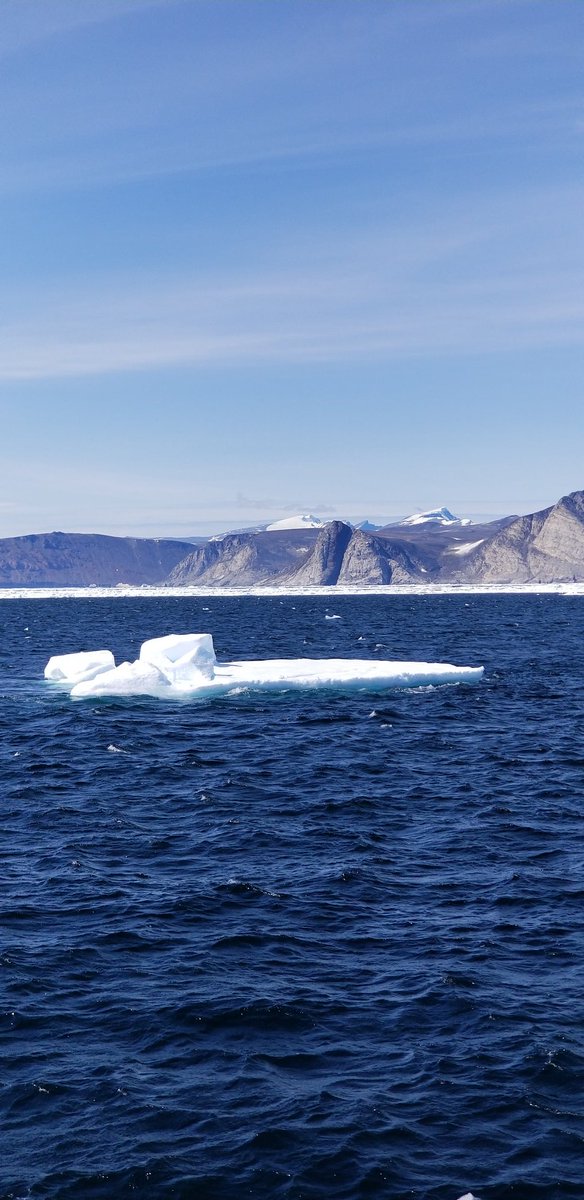
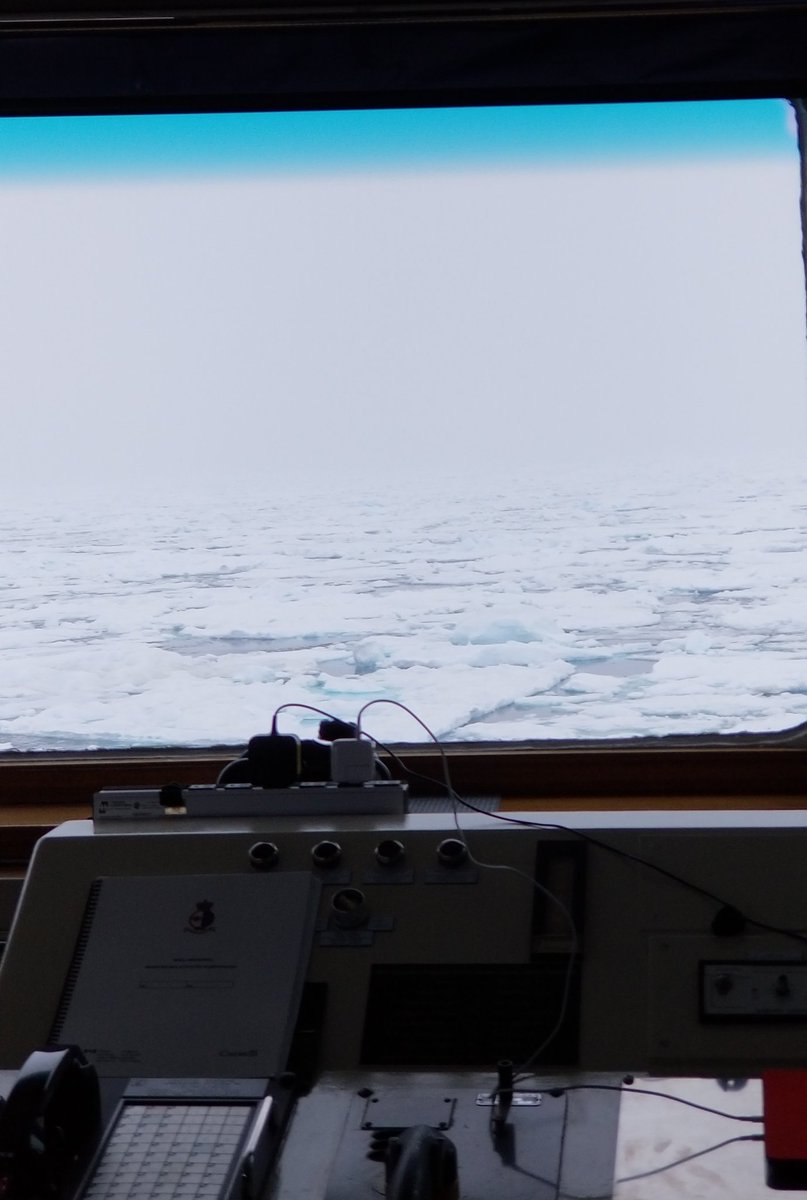
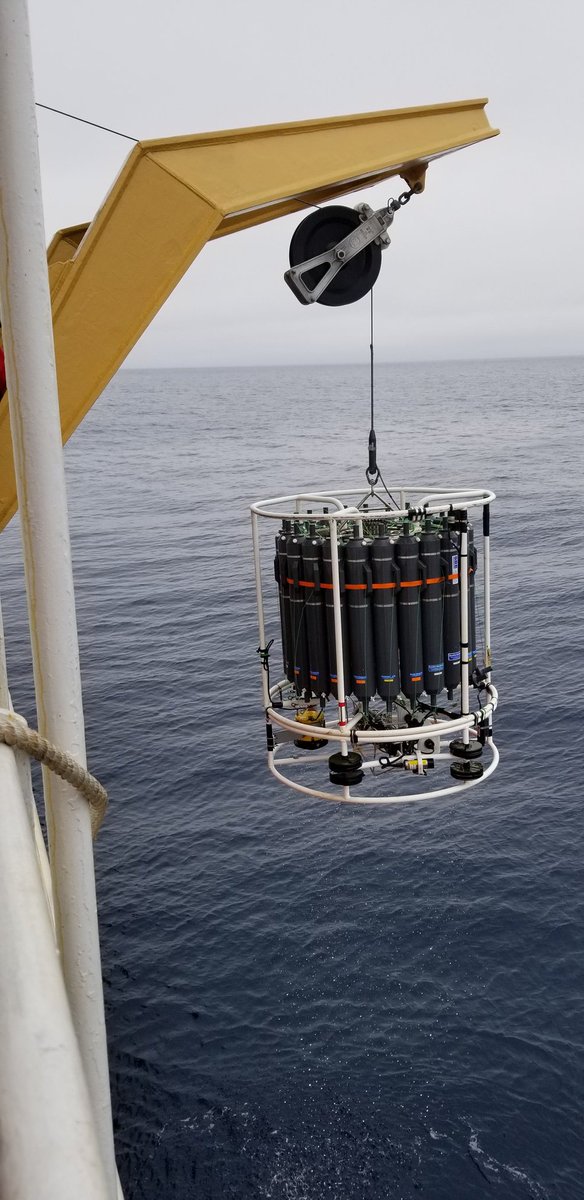
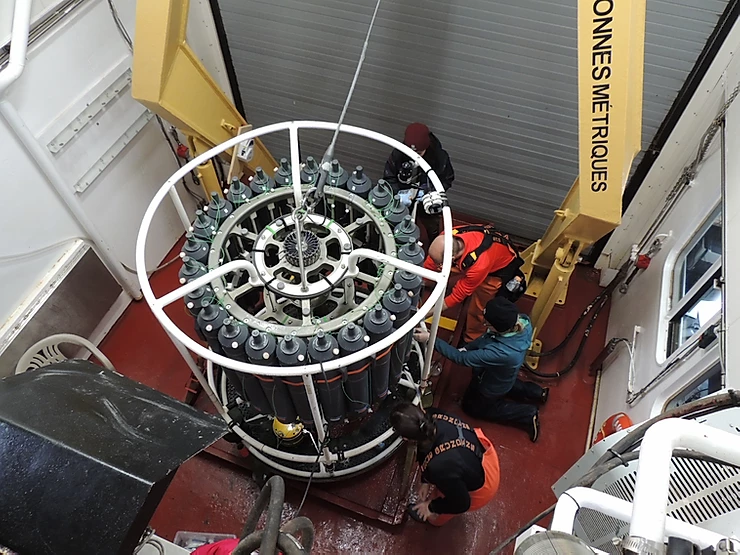 I& #39;m the bottom right" title="This is a really common piece of equipment in #oceanography ! The gray (Niskin) bottles are triggered by an operator on board to close at different depths, trapping water. Then once it& #39;s on board we take turns sampling. Here& #39;s the 2a squad doing our thing https://abs.twimg.com/emoji/v2/... draggable="false" alt="☺️" title="Lächelndes Gesicht" aria-label="Emoji: Lächelndes Gesicht"> I& #39;m the bottom right" class="img-responsive" style="max-width:100%;"/>
I& #39;m the bottom right" title="This is a really common piece of equipment in #oceanography ! The gray (Niskin) bottles are triggered by an operator on board to close at different depths, trapping water. Then once it& #39;s on board we take turns sampling. Here& #39;s the 2a squad doing our thing https://abs.twimg.com/emoji/v2/... draggable="false" alt="☺️" title="Lächelndes Gesicht" aria-label="Emoji: Lächelndes Gesicht"> I& #39;m the bottom right" class="img-responsive" style="max-width:100%;"/>
